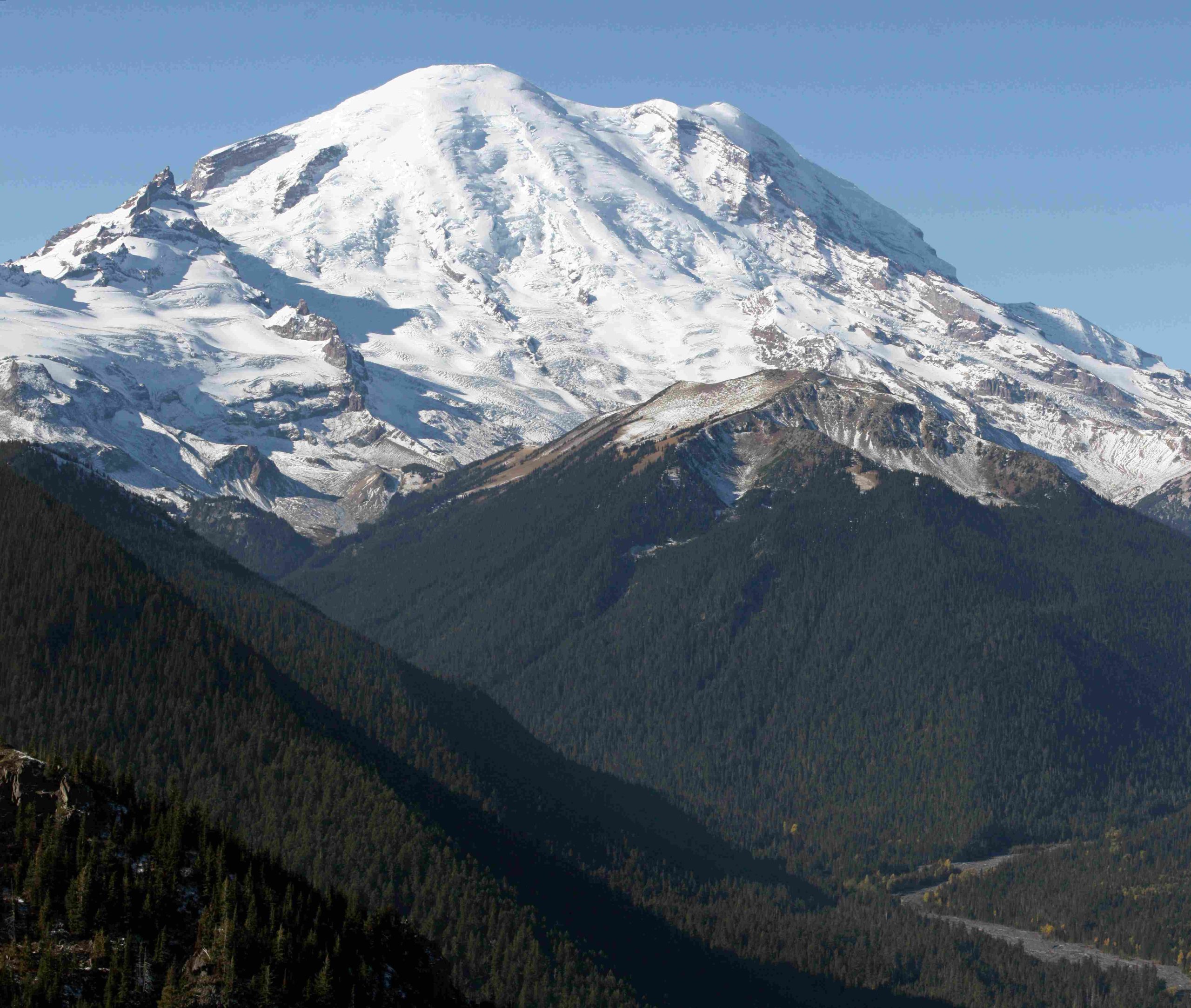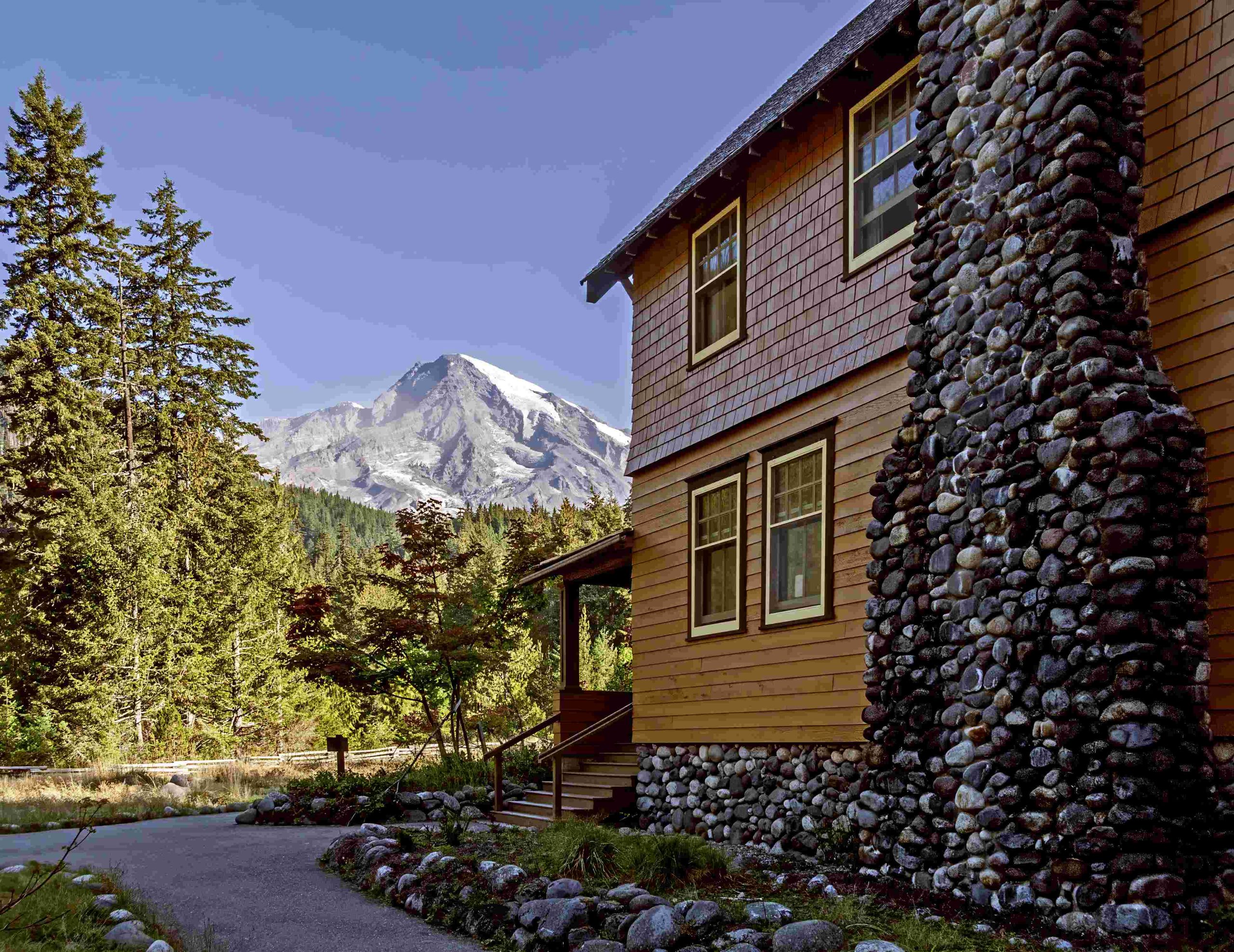Mount Rainier’s snow bridges are critical features for climbers attempting to summit the iconic peak. These natural formations span crevasses, allowing passage over treacherous gaps in the glacier. However, they present significant challenges and risks, particularly on the Emmons-Winthrop route. This guide provides crucial information on current conditions, safety measures, and access details for those planning to traverse Mount Rainier’s snow bridges.
What Are the Current Conditions of Mount Rainier Snow Bridges?

As of July 30, 2024, the snow bridge conditions on the Emmons-Winthrop route of Mount Rainier are characterized by:
- Narrow and weakening snow bridges, especially at 11,500 feet
- Multiple crevasse crossings requiring careful navigation
- Ankle-high sun cups softening after sunrise
- Increasing hazards due to rising freezing levels and hot weather
Climbers should be prepared for:
- Using snow anchors and belays for safe crossings
- Navigating unstable snow conditions
- Adapting to rapidly changing route conditions
How Can Climbers Safely Cross Mount Rainier Snow Bridges?

Safety is paramount when traversing Mount Rainier’s snow bridges. Here are essential measures and guidelines:
- Gear Recommendations:
- Belaying equipment
- Solid snow anchors
-
Ropes with 35-foot intervals between climbers
-
Hazard Awareness:
- Thin and weak snow bridges
- Potential for falls that team arrest may not stop
-
Dehydration risks in hot weather
-
Navigation Tips:
- Cross crevasses during lower temperatures before sunrise
- Be prepared for difficult navigation in darkness
What Are the Primary Routes to Mount Rainier Snow Bridges?
The Emmons-Winthrop route is a primary path to encounter Mount Rainier’s snow bridges:
| Route Feature | Description |
|---|---|
| Trailhead | White River Campground |
| Key Sections | 11,500 to 13,000 feet on Winthrop Shoulder |
| Terrain | Challenging with multiple crevasse crossings |
| Duration | Multi-day climb with overnight camps |
When Is the Best Time to Visit Mount Rainier Snow Bridges?
Seasonal access to Mount Rainier’s snow bridges is limited:
- Typical Season: Summer to early fall
- Peak Visiting Time: Summer months
- Access Limitations: Weather and snow conditions dependent
For example, in the 2024 season:
– State Routes 410 and 123 closed on October 31 due to heavy snowfall
– Exact opening dates vary based on annual conditions
What Permits Are Required for Mount Rainier Snow Bridge Access?
To access Mount Rainier’s snow bridges, climbers must obtain:
- Wilderness Permit
- National Park Pass
- Timed-entry permit (during peak seasons)
Always check with Mount Rainier National Park for the most up-to-date permit requirements and fees.
How Does Weather Affect Mount Rainier Snow Bridges?
Weather plays a crucial role in the formation and stability of Mount Rainier’s snow bridges:
- Hot weather weakens snow bridges
- Rising freezing levels (e.g., from 11,000 to 16,000 feet) impact stability
- Sunny conditions accelerate melting and increase hazards
Climbers should monitor weather forecasts closely and be prepared to adjust plans accordingly.
What Specific Challenges Do Mount Rainier Snow Bridges Present?
Mount Rainier’s snow bridges pose unique challenges:
- Structural Integrity:
- Bridges can weaken rapidly with changing temperatures
-
Width and strength vary unpredictably
-
Visibility Issues:
- Difficult to assess bridge strength visually
-
Camouflage effect can obscure edges of crevasses
-
Technical Skill Requirements:
- Proper use of ropes and anchors essential
-
Quick decision-making needed for safe crossings
-
Physical Demands:
- High altitude affects climber performance
- Fatigue can impair judgment on delicate crossings
How Should Climbers Prepare for Mount Rainier Snow Bridge Crossings?
Preparation is key for safely navigating Mount Rainier’s snow bridges:
- Physical Conditioning:
- High-altitude endurance training
-
Strength exercises for climbing with heavy packs
-
Technical Skills:
- Practice crevasse rescue techniques
-
Familiarize with snow anchor construction
-
Mental Preparation:
- Develop risk assessment skills
-
Practice calm decision-making under pressure
-
Equipment Checklist:
- High-quality climbing ropes
- Crampons and ice axes
- Harnesses and carabiners
- Emergency communication devices
By thoroughly preparing in these areas, climbers can significantly enhance their safety and success when crossing Mount Rainier’s snow bridges.
What Are the Alternatives to Crossing Mount Rainier Snow Bridges?
While snow bridges are often the primary route, alternatives may include:
- Circumnavigation:
- Finding safer paths around crevasses
-
May involve longer routes or additional elevation gain
-
Ladder Crossings:
- In some cases, park services may install temporary ladders
-
Requires different technical skills and equipment
-
Postponement:
- Waiting for more favorable conditions
- May require rescheduling climb to a different season
Each alternative comes with its own set of challenges and considerations, emphasizing the importance of flexibility in mountaineering plans.
Mount Rainier’s snow bridges are both a marvel of nature and a formidable challenge for climbers. By understanding current conditions, preparing adequately, and respecting the mountain’s ever-changing environment, adventurers can safely experience the thrill of crossing these unique glacial features. Always prioritize safety, stay informed about the latest conditions, and be prepared to adapt your plans to the mountain’s demands.
References:
1. Emmons-Winthrop Route Update 7/30/2024 – Mount Rainier Climbing
2. Trails and Backcountry Camp Conditions – Mount Rainier National Park
3. SR 410 Chinook Pass and SR 123 Cayuse Pass to remain closed for the season – Washington State Department of Transportation
